
Waste as we call it, is anything that is not usable anymore. Then why is waste so important? Why do we need to talk about managing them or write articles about it? Because, it ruins the place we stay, the Earth. Since waste management is a vast topic we can’t cover all of it in one article. We promise you to keep on writing more about it. So who do you think we should blame first? The large corporations who emits dangerous gas or food industry who dumps waste or the government for not taking necessary steps or our neighbor who throws household waste in roads or nearby properties.
No.
Let’s just start with our own households and understand ways in which we can manage our own waste. Waste can be a single piece of paper which we discarded or an electronic device like a refrigerator which we dumped because it has stopped working.
We have been seeing multiple governments and organizations taking active measures to reduce waste by controlling the usage of plastics, etc. Since one of the main source of waste production is, our households.
Sort household waste using Bins
Identifying the household waste and sorting them accordingly in an eco-friendly manner is the prime task ahead for all of us. The first and foremost thing that we have to do is to keep separate bins for each commodity.
It helps to keep separate bins in separate spaces.
Besides traditional plastic bins, you can try out vertical bins attached to the walls. Making your bins attractive helps keep the motivation to the noble cause. Pullout baskets in the kitchen are a boon to segregate organic and inorganic wastes accordingly. Whereas, you can put small mesh bins in kids room for ease. A more eco-friendly approach would be to avoid plastic bins and use metal bins instead. Once sorting is done it is time to categorize the household waste and understand the ways to manage them efficiently.
1. E-waste
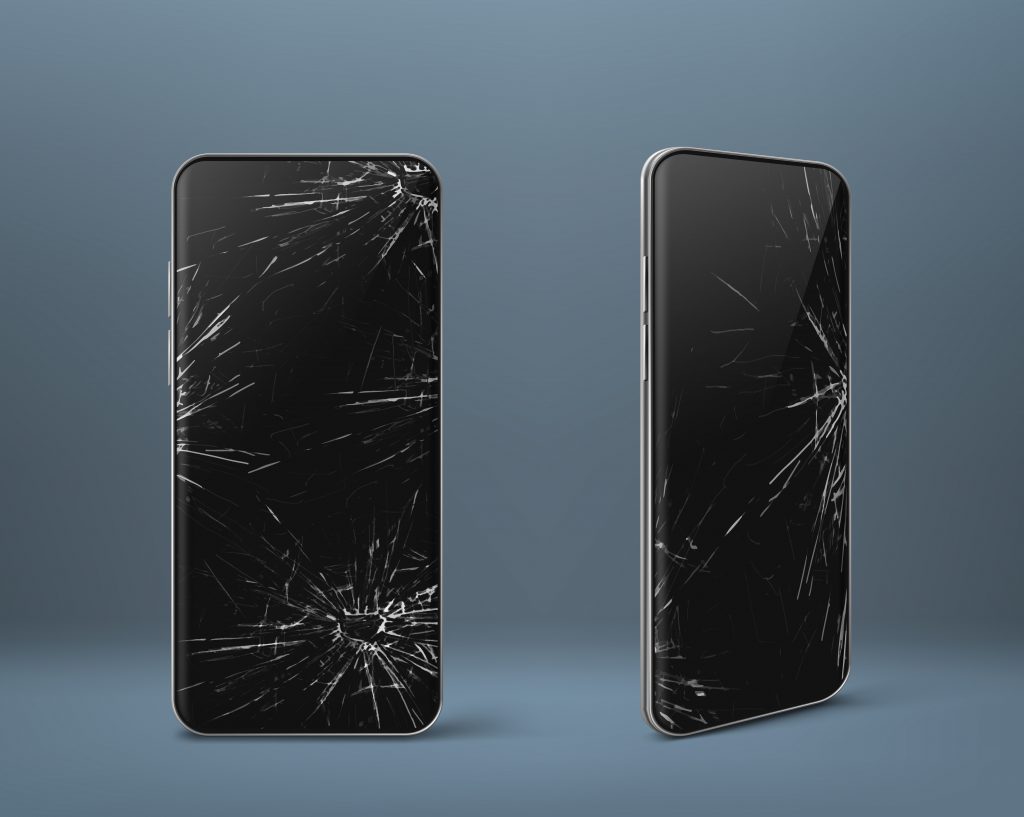
E-waste is an unknown disaster, waiting to happen.
It is those electronic devices whose usability has expired. Electronics and gadgets world has gone through tremendous changes in the last two decades. As a result of this drastic change, we are currently living in a technology embedded world. In turn, knowingly or unknowingly, a huge dump of electronics waste is being dumped by all of us every year; which are non-bio-degradable.
There are many reasons for growing E-waste, some of them are:
- Technical issues – If the device is technically damaged or cannot be repaired. Minor damage to a unit may result in complete malfunction. Outdated technology can also be another reason.
- Repairing cost – In some cases, like a mobile screen being damaged, the cost of repairing/replacing is greater than the cost of purchasing a new one, thus more affordable.
- Constantly evolving tech platforms – We are passing through a stage of scientific innovation. Technology upgradation every year makes products outdated like mobile phones, TVs, etc.
- Energy efficiency – New models are energy efficient to old ones; which attracts many towards new purchase like in the case of refrigerators and air conditioners.
- Marketing – Advertisements attract people to buy new products.
Basically our lifestyle choices is the factor that increase the e-waste flow. When we can afford products that makes our living more comfortable, we go for the advanced product.
Where are these replaced products going?
A few of them reaches used market stores or second-hand market, which will eventually be discarded in a span of years. But such increasing dumps are leading to bigger threats in the form of toxic waste. The majority of these, will eventually affect the environment.
Tackling e-waste at home
First and foremost thing to do is, not to throw them in trash; as they contain toxic chemicals. It’s bad for the environment. You can recycle metals and preserve it in the right way. You can keep them in a bin as a storage source, but make sure it’s neat and clean. Make sure to handle it properly.
Reuse – If it’s working and you aren’t going to use it. You can share or donate it through charity.
Recycle -If there’s no one for sharing, you can contact organized vendors, who do recycling of e-waste. This is the better option.
2. Food Waste
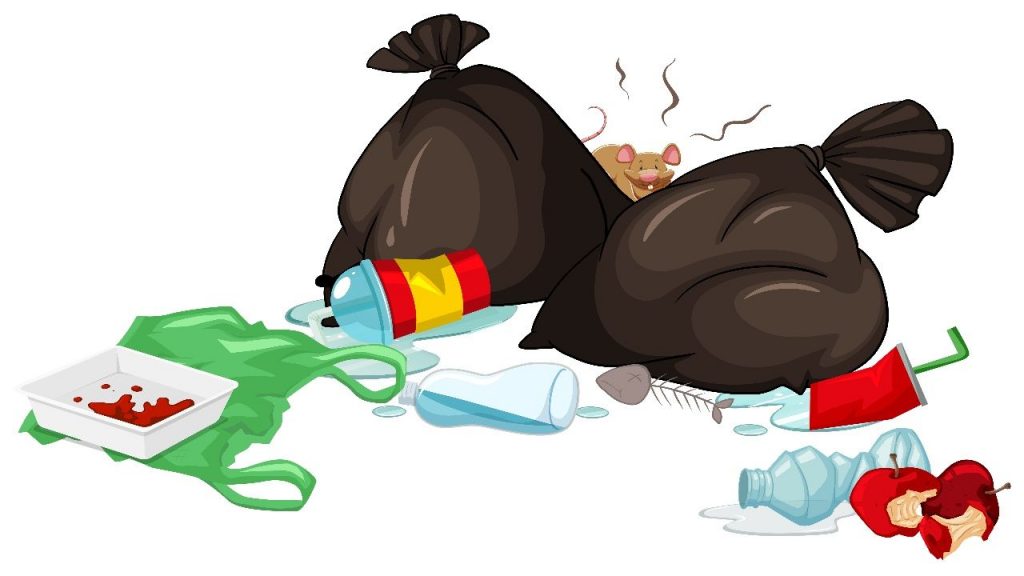
Every year world produces 20% more food than the required quantity or demand. Studies say that a normal human eats 10% more food than required and the remaining 10% are wasted. At the same time there are many who lives in abject poverty. These are the two distinct nature of the same world that we all live in. If we start saving food in one way or the other, food may reach those who really need them.
Food wastes, are the prime source of carbon while decaying, using micro-organisms. Carbon gas is the sole if not the most contributing component responsible for the global warming. So reducing the usage not only gives you peace of mind but also saves the environment. Here are a few useful ways to convert your food waste at your home.
Bio compost
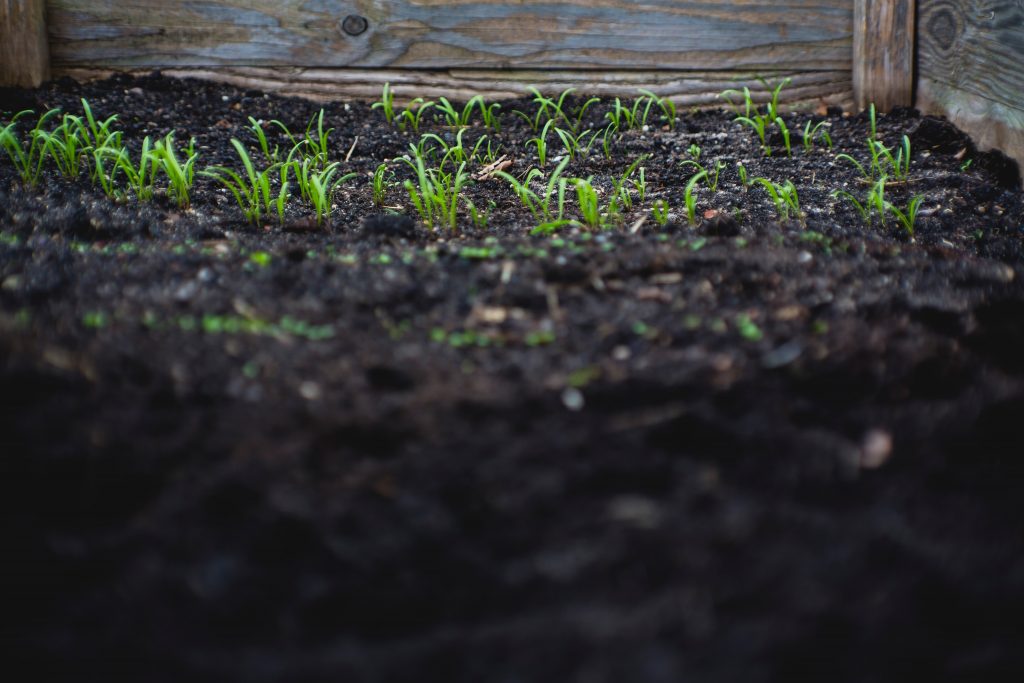
Bio-compost is the method to create manure from plant origin substances. It’s one of the key ingredients in organic farming.
There are many efficient models that are successfully implemented for waste management. Among this, kitchen bin model have been successful to an extent. Other models are pipeline compost model, ring compost model etc. For instance, kitchen food waste can be filled with coconut mesh mix powder and further converted to manure for household plants after a span of 45 days.
Food disposer
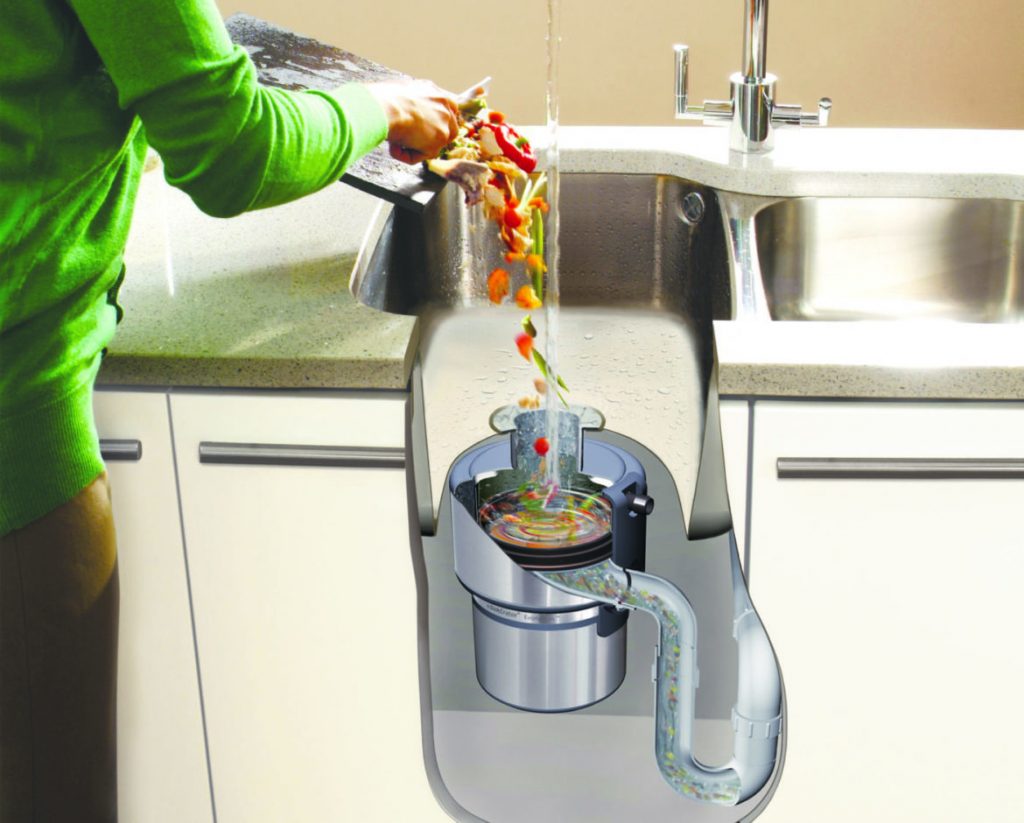
Food disposer is an electronic motor device that converts food waste into tiny powder, which can be used as manure. Usually, disposers are attached with the kitchen sink.
Many models are available in the market and rate varies with the power of the motor used.
3. Plastic waste

Every year, almost 5 lakh crore plastic kits are dumped in the world; 130 lakh ton is dumped in the ocean. Plastic production and usage is at an all time high when compared to the past few decades. Plastic pollutants contributes 10% of all pollution in the world. It is predicted if the use of plastic continues, there will be more plastic in the ocean than the fish by the year 2050.
There are many initiatives taken in different parts of the world to put an end to this. The initial step was to ban certain grades of plastic, which has been done effectively. But is that enough to eradicate them? Reducing the use of plastic by each one of us will be the prime step towards such a noble mission. Here are a few steps that will aid you in eliminating plastic waste:
- Start using a cloth bag rather than a plastic bag for grocery shopping and other personal needs.
- Implore sellers to give the material in paper bags, or biodegradable bags.
- Usage of metal water bottle, which therefore reduces the consumption of plastic bottles.
- Reuse of plastic bottles as decorative and herb pots.
4. Paper waste

Bulk of the paper waste is compiled with waste of newspapers and other hard copy documents. One of the effective household waste methods to prevent their quantity is shredding. As paper is reusable, shredding may be the best-suggested method.
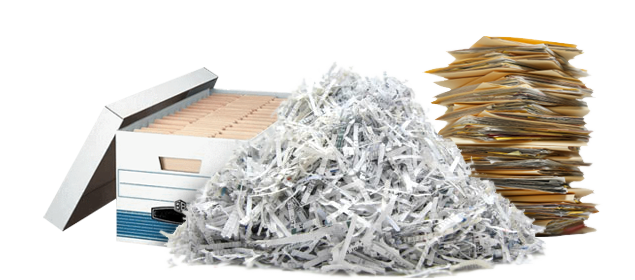
Paper shredder machines of varied sizes is available in the market. You can implement these methods in your offices and at home. Shredding not only provides protection of data, it improves the recycling process.
3R method
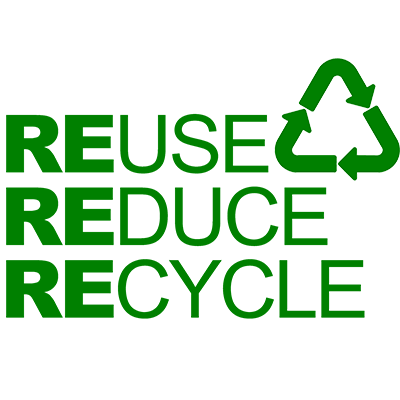
This is the most theoretically familiar method for all of us. Reduce, Reuse, and Recycle. It is the right method for sustainable waste management.
For instance, recycle plastic bottle to a vertical garden, herb planter and trash collector.
And reusing is the process by which each parent can give their young-one’s creative skill, a revamp. Reuse paper to create a variety of decorative items. You can use paper arts and crafts in interior decoration.
You can do recycling on a small scale at home. But it’s better to segregate each component separately and give it to a corresponding service provider who do that on a large scale. This way you can keep your home not only appealing but also eco-friendly.
“Change begins at home.”
Are you making sure you are responsible in your household waste management? Hope the article helps you towards that. Share your thoughts below.